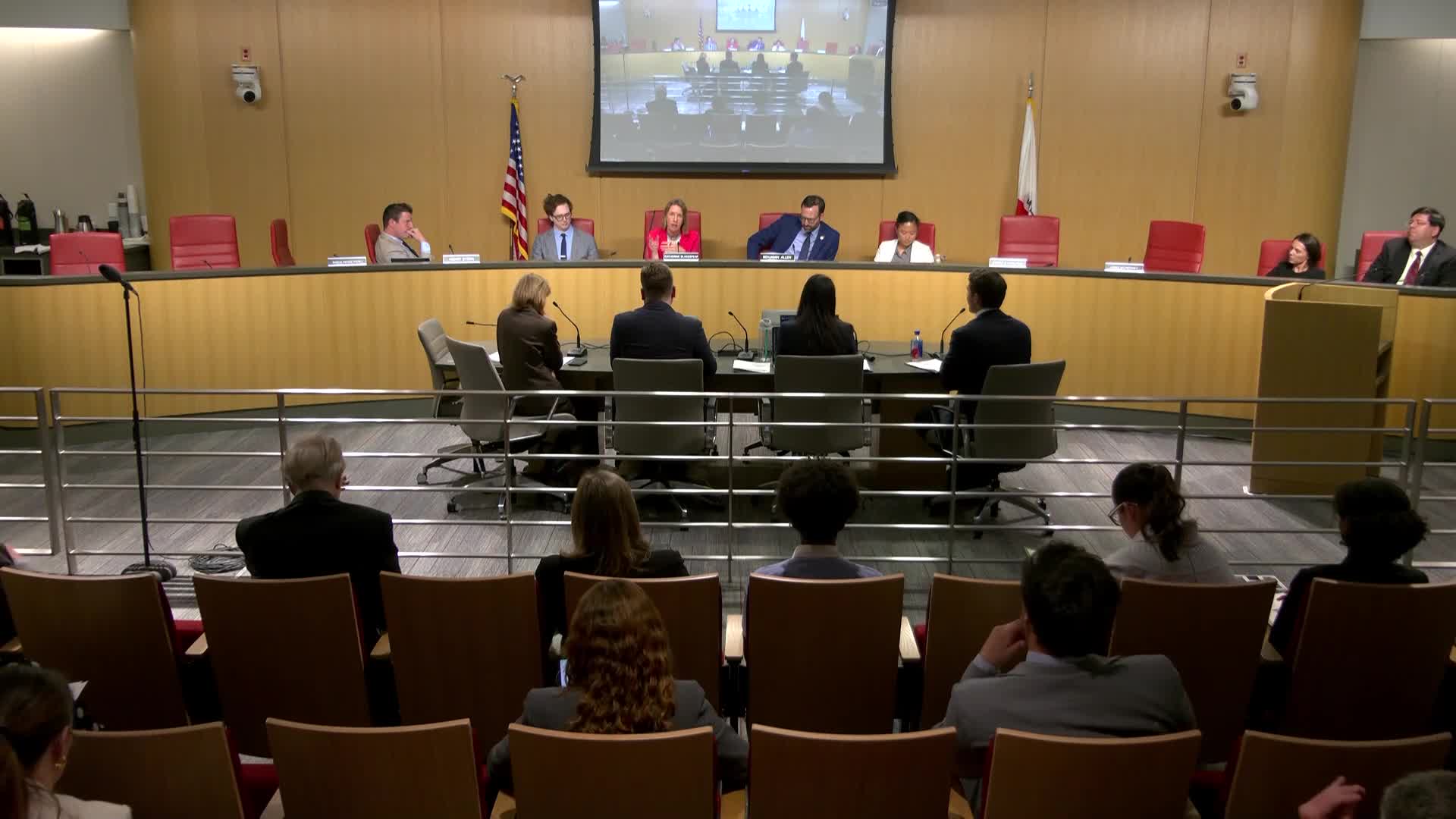California Council Discusses High Speed Rail Funding and Transit Prioritization
May 08, 2025 | California State Senate, Senate, Legislative, California
This article was created by AI summarizing key points discussed. AI makes mistakes, so for full details and context, please refer to the video of the full meeting. Please report any errors so we can fix them. Report an error »

A recent joint hearing held by the California State Senate's Budget and Fiscal Review Subcommittee No. 2 and the Senate Environmental Quality Committee highlighted critical discussions surrounding the state's investment in rail and transit systems, particularly the contentious high-speed rail project.
During the meeting, stakeholders expressed concerns about the allocation of funds from the Greenhouse Gas Reduction Fund (GGRF), noting that nearly 40% is currently directed towards capital costs for rail and transit. A significant point of contention arose when it was revealed that high-speed rail was not included in the list of priority projects for environmental justice communities, despite its prominence in California's transportation plans. Advocates emphasized the need for a more robust rail system that encourages public transit use, calling for investments not only in capital costs but also in operational aspects to enhance ridership and service quality.
Participants acknowledged the ongoing debate regarding the high-speed rail program, particularly its effectiveness in addressing climate goals and cost efficiency. Some committee members pointed out that while high-speed rail is an important initiative, it may not be the most effective use of funds when considering immediate climate impacts and community benefits. They urged for a balanced approach that ensures funds are distributed to projects that can deliver quicker, tangible benefits to communities.
The discussion also touched on the importance of multi-modal transit solutions, which include various strategies such as micro-mobility options and electric vehicles, as well as community-focused programs that integrate affordable housing and urban greening. These initiatives aim to create a more comprehensive and accessible transit network that meets the diverse needs of California residents.
As the meeting concluded, there was a clear call for accountability in funding distribution, with stakeholders advocating for a more equitable approach that prioritizes projects benefiting local communities over large-scale initiatives like high-speed rail. The outcomes of this hearing may influence future funding decisions and shape the direction of California's transit policies, emphasizing the need for a system that not only reduces greenhouse gas emissions but also serves the public effectively.
During the meeting, stakeholders expressed concerns about the allocation of funds from the Greenhouse Gas Reduction Fund (GGRF), noting that nearly 40% is currently directed towards capital costs for rail and transit. A significant point of contention arose when it was revealed that high-speed rail was not included in the list of priority projects for environmental justice communities, despite its prominence in California's transportation plans. Advocates emphasized the need for a more robust rail system that encourages public transit use, calling for investments not only in capital costs but also in operational aspects to enhance ridership and service quality.
Participants acknowledged the ongoing debate regarding the high-speed rail program, particularly its effectiveness in addressing climate goals and cost efficiency. Some committee members pointed out that while high-speed rail is an important initiative, it may not be the most effective use of funds when considering immediate climate impacts and community benefits. They urged for a balanced approach that ensures funds are distributed to projects that can deliver quicker, tangible benefits to communities.
The discussion also touched on the importance of multi-modal transit solutions, which include various strategies such as micro-mobility options and electric vehicles, as well as community-focused programs that integrate affordable housing and urban greening. These initiatives aim to create a more comprehensive and accessible transit network that meets the diverse needs of California residents.
As the meeting concluded, there was a clear call for accountability in funding distribution, with stakeholders advocating for a more equitable approach that prioritizes projects benefiting local communities over large-scale initiatives like high-speed rail. The outcomes of this hearing may influence future funding decisions and shape the direction of California's transit policies, emphasizing the need for a system that not only reduces greenhouse gas emissions but also serves the public effectively.
View full meeting
This article is based on a recent meeting—watch the full video and explore the complete transcript for deeper insights into the discussion.
View full meeting
